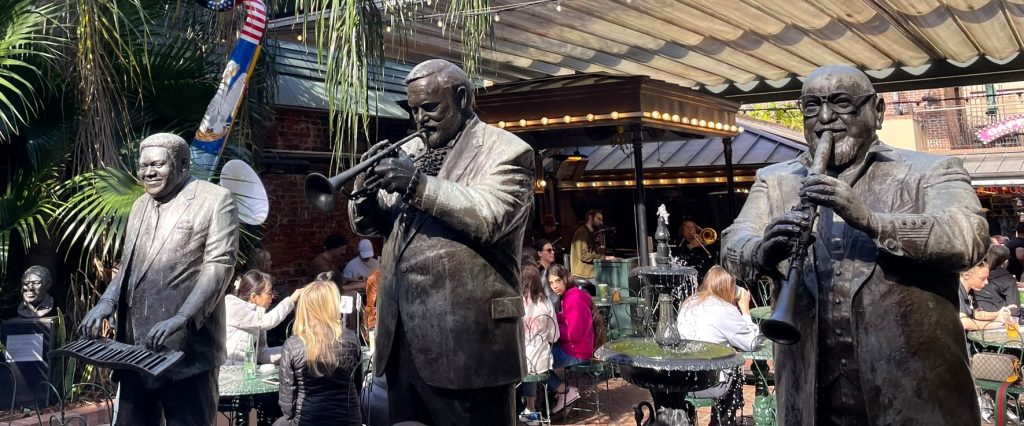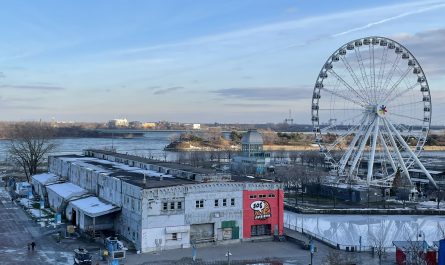Hello new state (in the van) Louisiana! We had just a day to spend in the French Quarter, much of which was taken up with the St. Louis Cemetery No. 1 and food tours we did. We’ve both been to New Orleans before, though not together, so it was fun to talk around and take in the sites and sounds of this incredible city.
Of course Louisiana was originally inhabited by Indigenous people. In 1682, the French laid claim, but 40 years later they ceded the land to Spain. In 1800, the Spanish retro-ceded the land back to France, who then sold it to the United States as part of the Louisiana Purchase in 1803. New Orleans, particularly the French Quarter, holds on to much of this history, as evidenced in the architecture, language and customs.
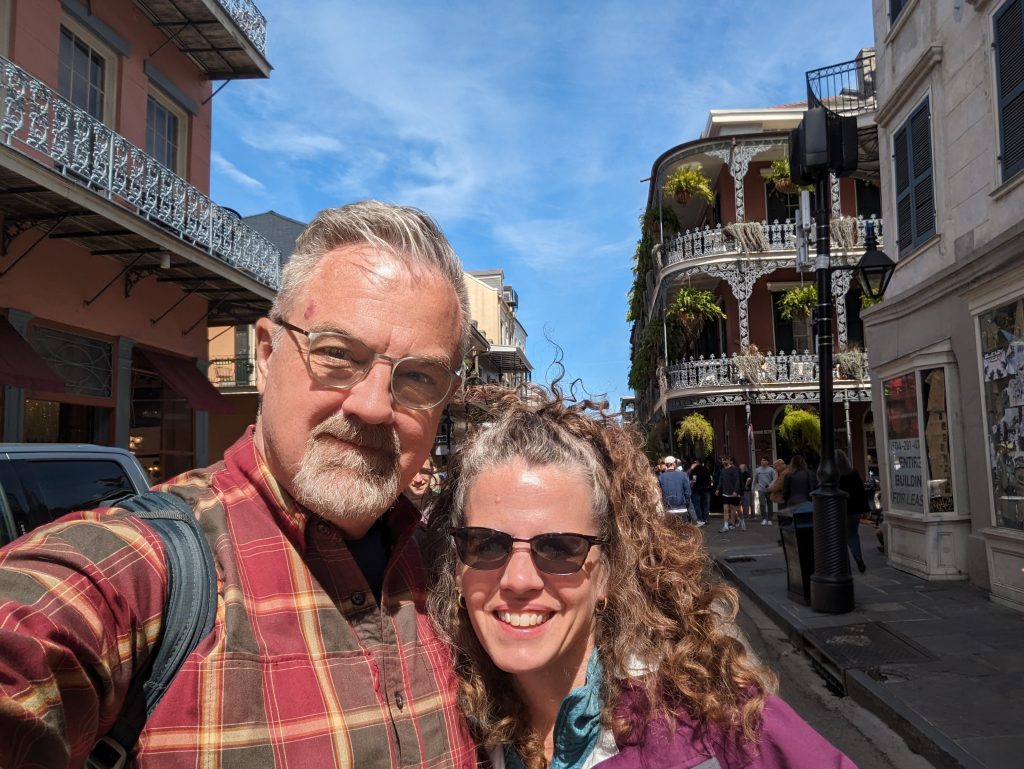
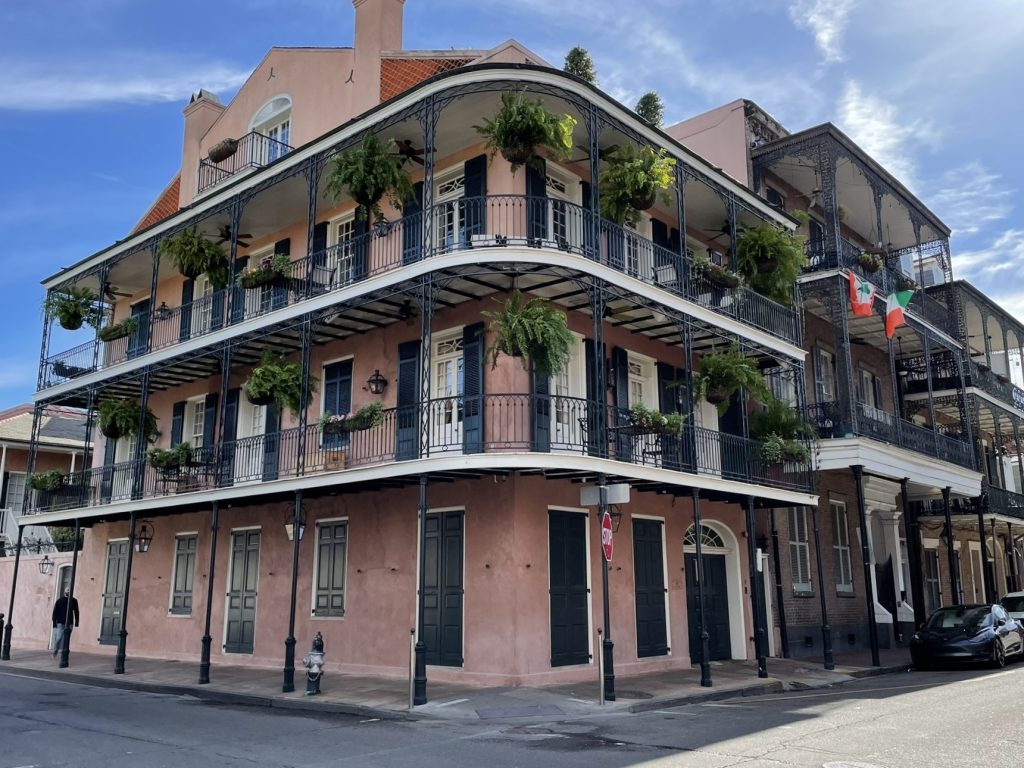
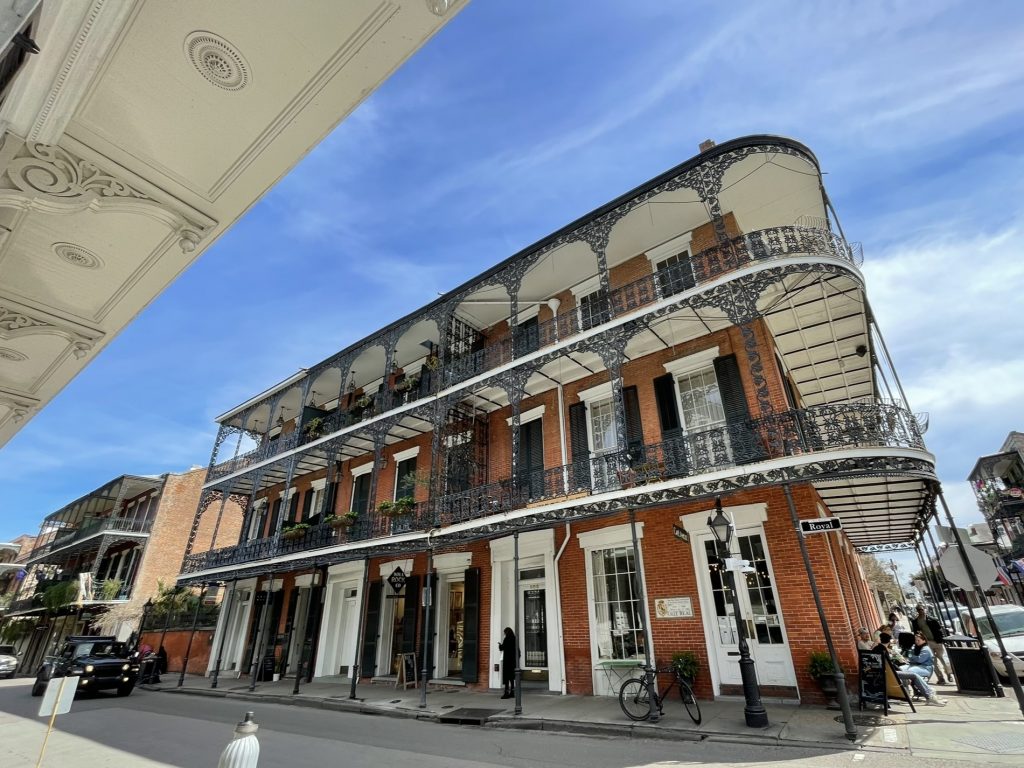
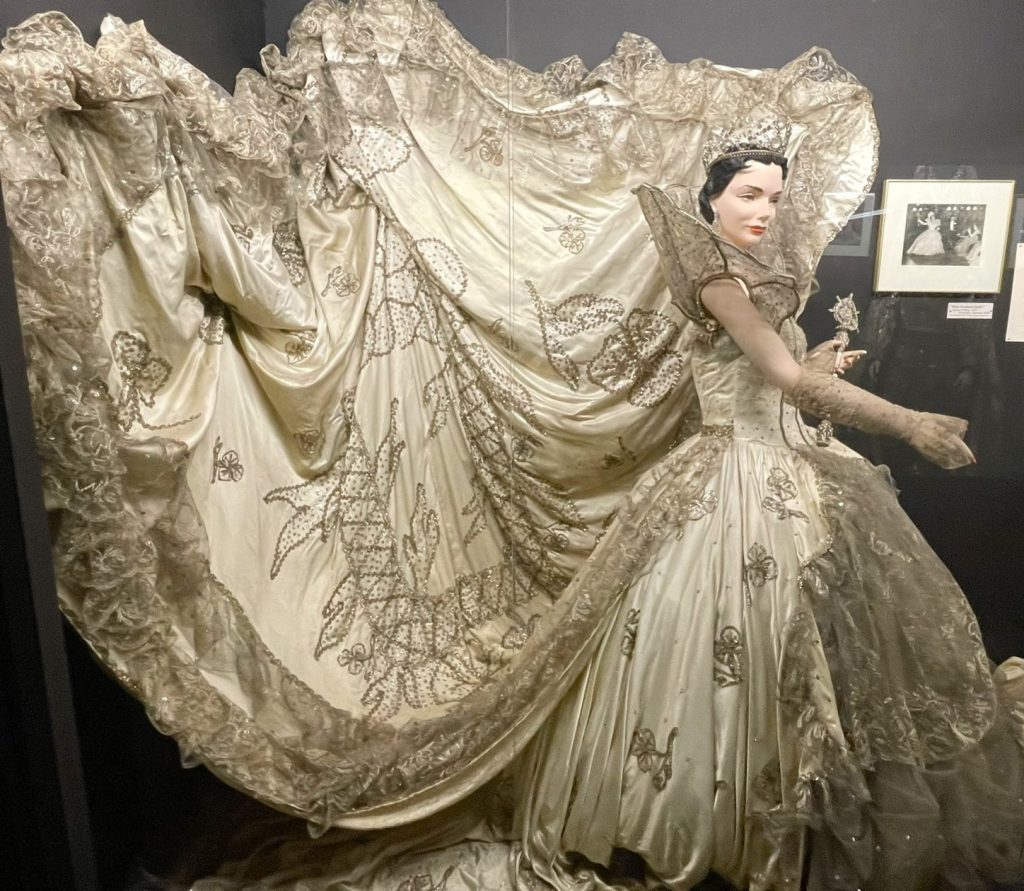
Many people associate New Orleans with Mardi Gras, as it is a huge, raucous party in the City of the Dead (New Orlean’s monicker, thanks in-part to the above-ground cemeteries). It was first celebrated in New Orleans in 1718, at which time it was more of an informal party. In 1857, a group in Mobile, Alabama formed the Mistick Krewe of Comus, featuring parades and elaborate floats created by social organizations known as krewes. This set the stage for the extravaganza that is seen today.
Mardi Gras is tied to Easter, so its date shifts around; it can be held anywhere from February 3 to March 9. There is an entire Carnival season that precedes it, but the climax is Fat Tuesday, which is 11 days before Ash Wednesday. The colors of gold, green, and purple representing power, faith, and justice, respectively.
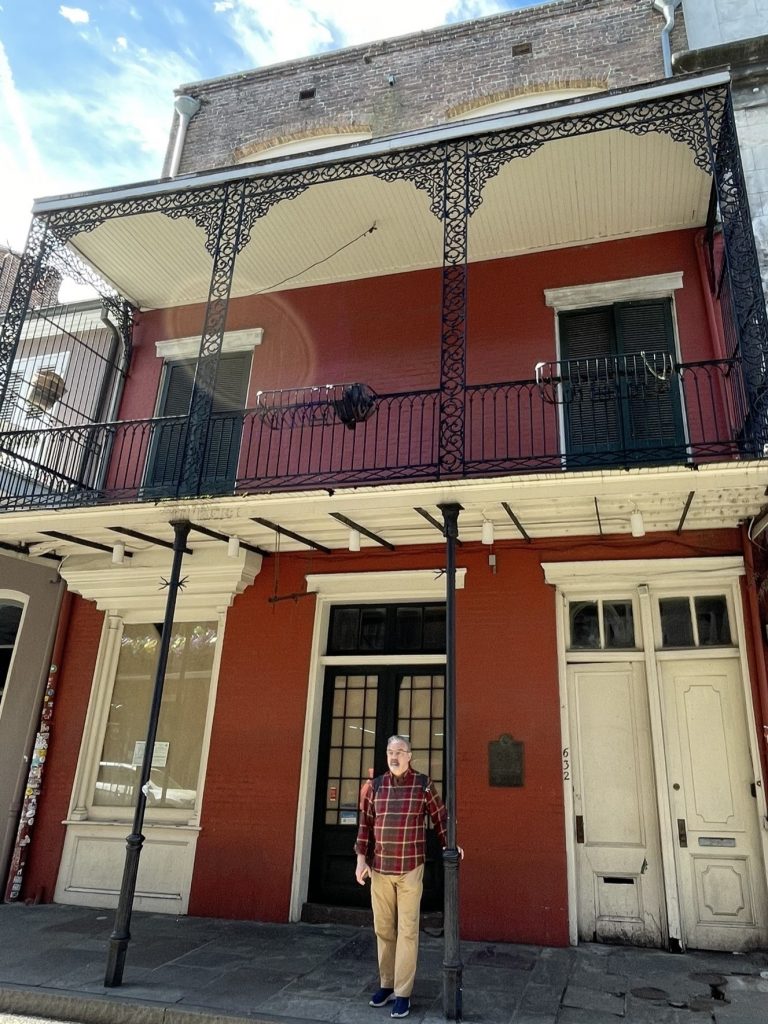
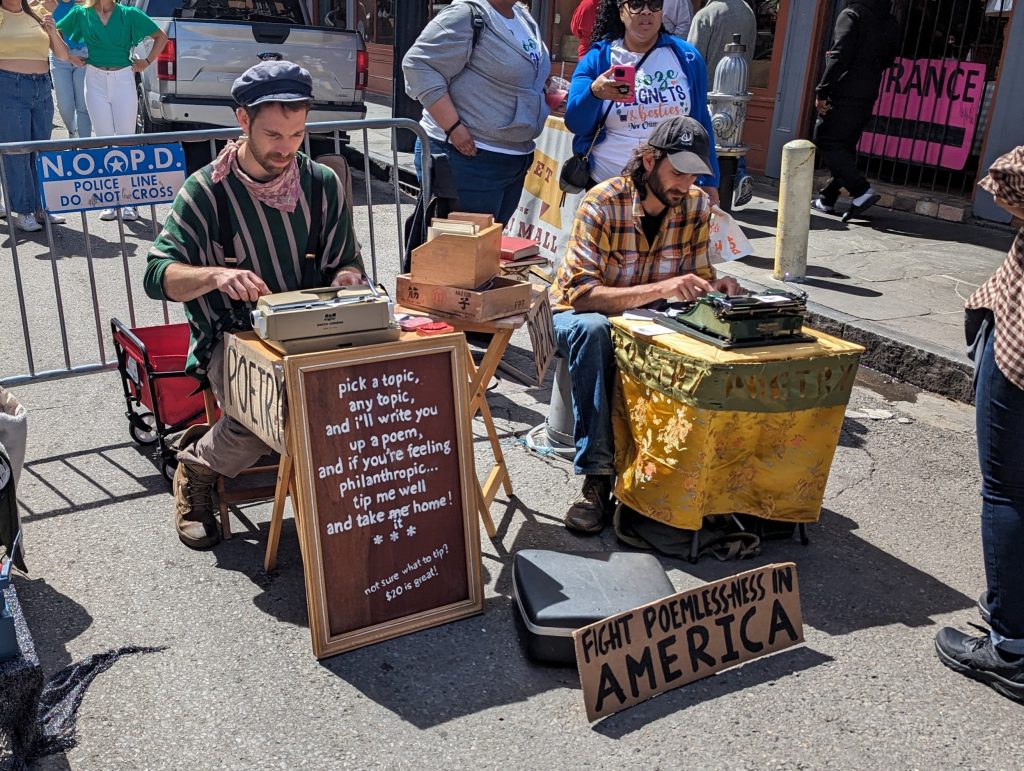
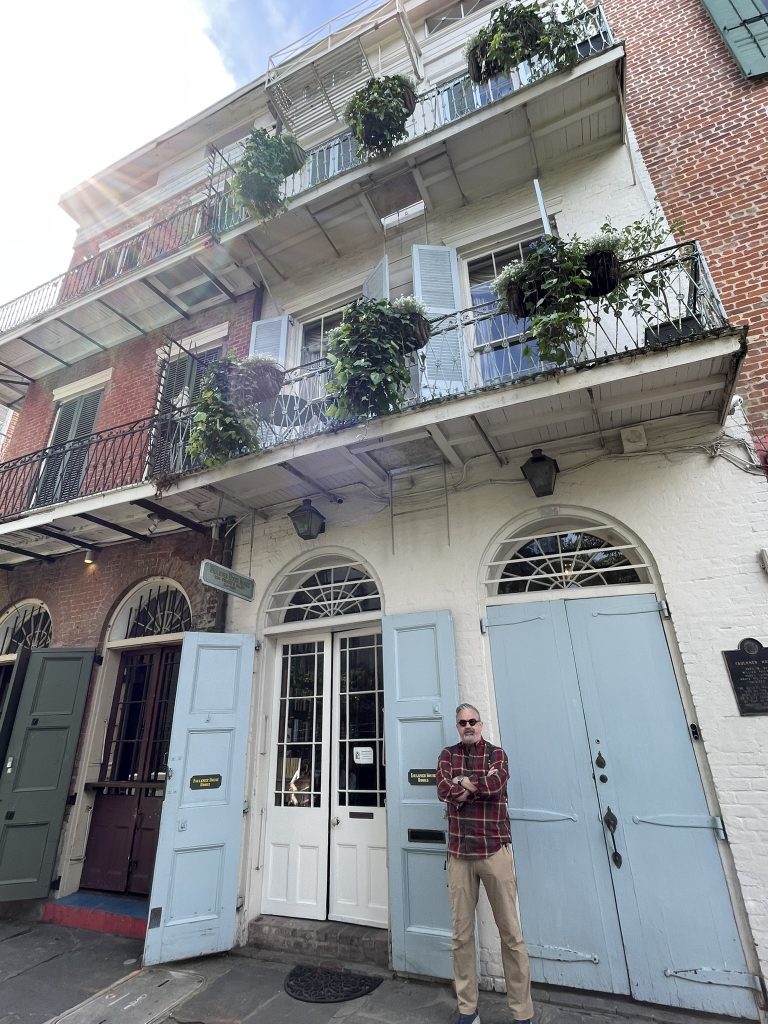
New Orleans is famous for its music scene, and it is particularly known as the Birthplace of Jazz. Sadly we didn’t have time to take much in (though I did get some tips on where to go during our return trip later this year). I was delighted to find a drum circle in full swing in Congo Square. It’s a Sunday afternoon tradition that dates back to 1740, when enslaved Africans would meet weekly to play drums, sing and dance.
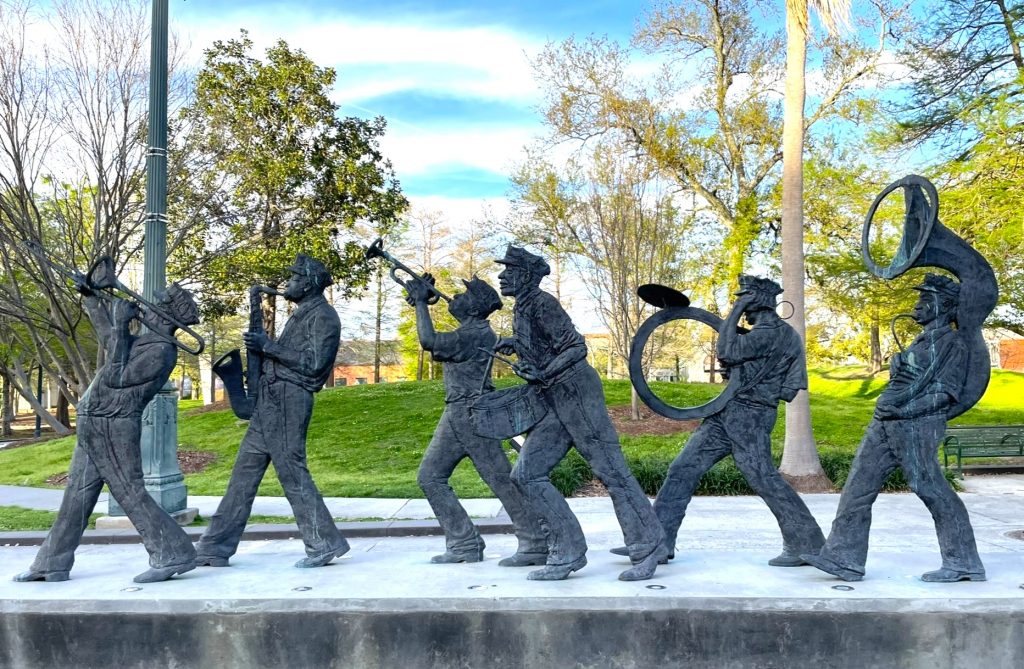
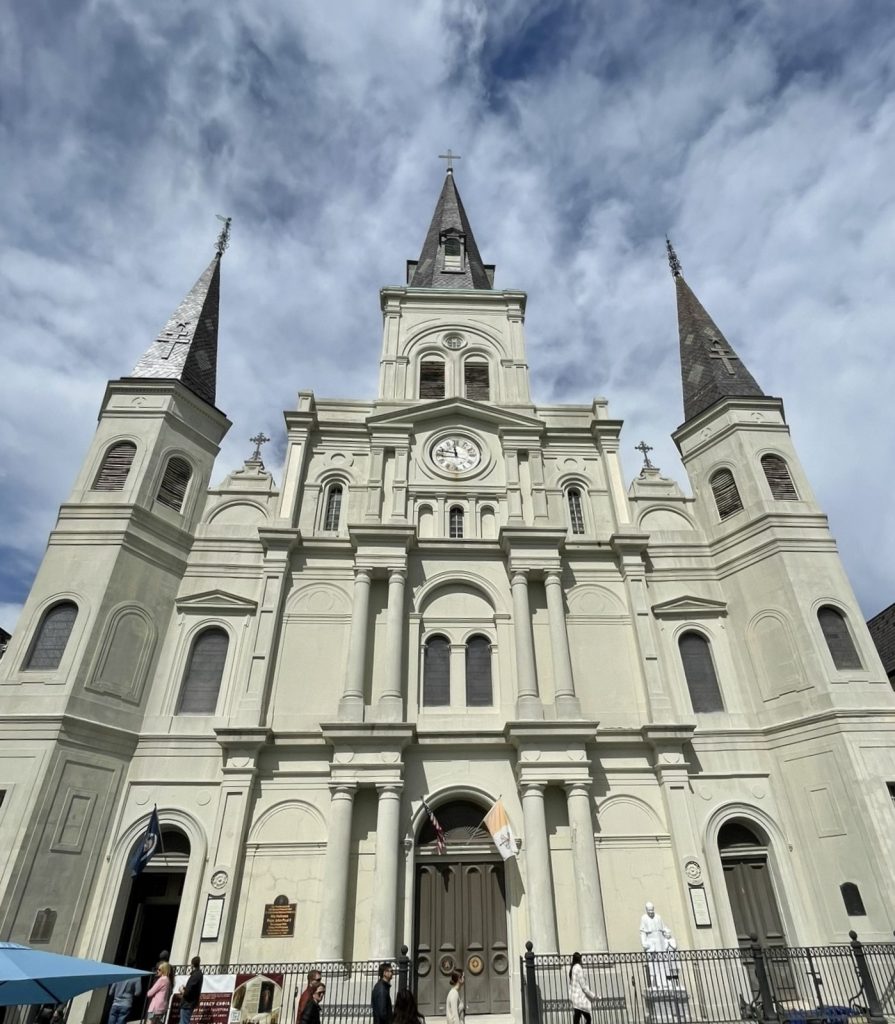
The St. Louis Cathedral sits on Jackson Square, flanked by the Cabildo on one said and the Presbytere on the other.
It’s the oldest continuously active Roman Catholic Cathedral in the United States, though the original building built in 1727 burned during the great fire on 1794.
The current cathedral was completed in the 1850s.
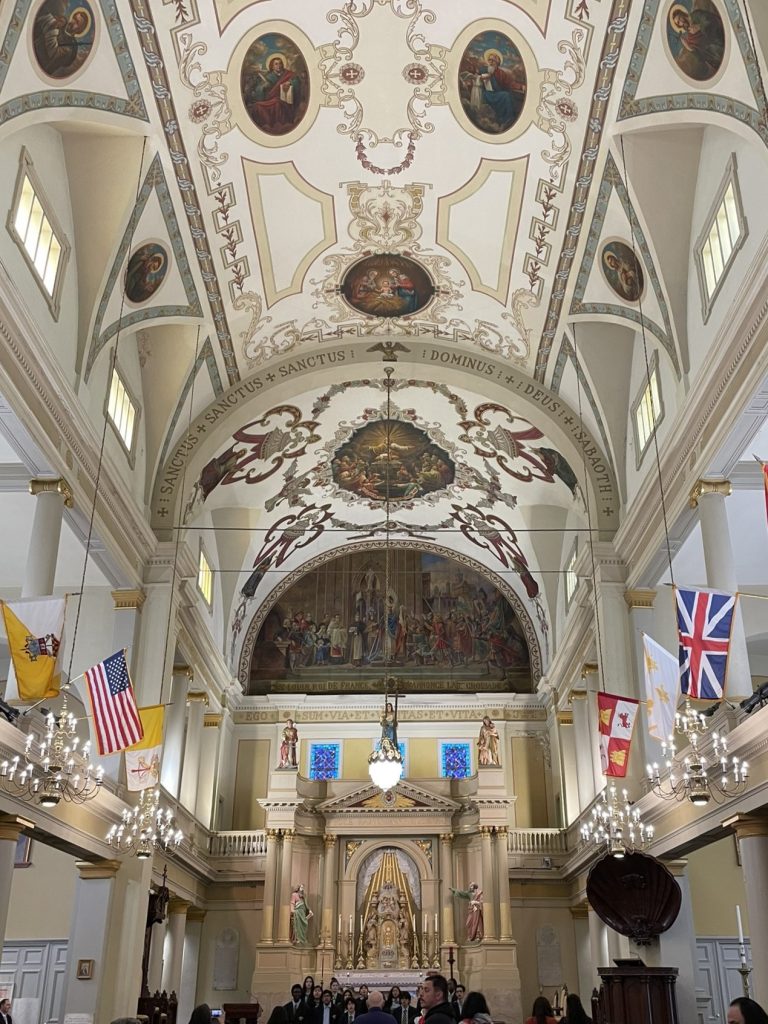
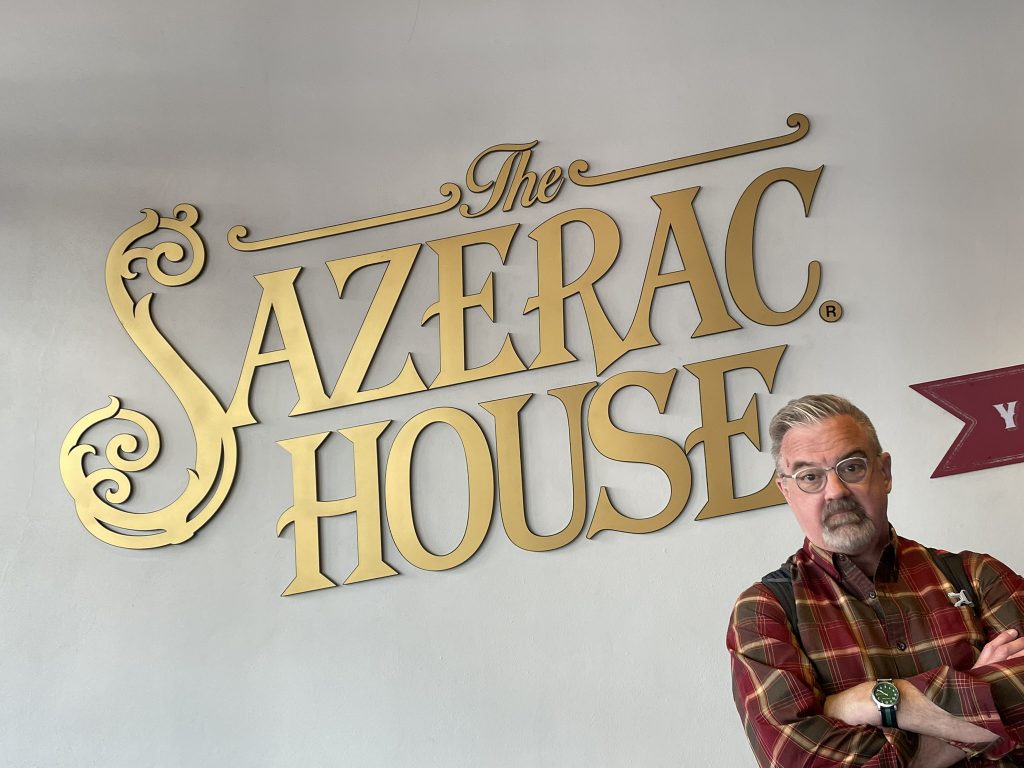
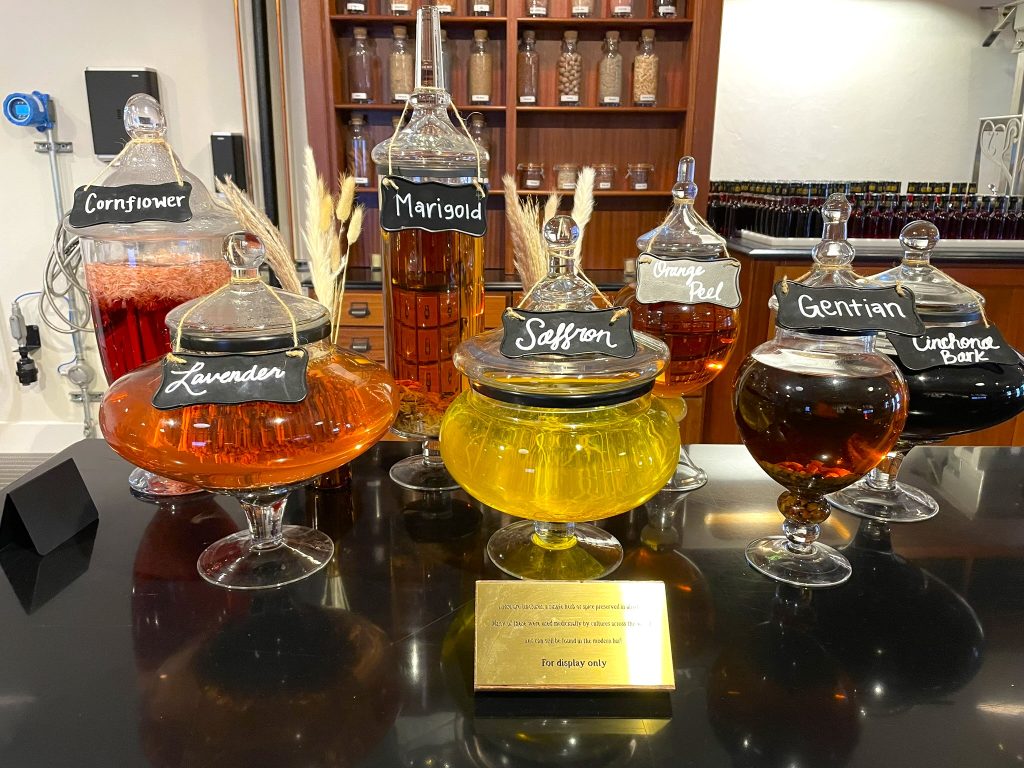
The Sazerac House is located just a few hundred yards from where the original 1850 Sazerac Coffee House first served the Sazerac Cocktail, which has been the official cocktail of New Orleans since 2008. The drink is made of rye whiskey or brandy, bitters, sugar, and absinthe.
The complimentary tour covers three flours and offers tastings of three drinks. After the smallest possible sip of the first tasting I said “Do people really drink this for fun?”, at which point Doug took my cup and all subsequent tastings. Needless to say, he enjoyed the tour more than I (which seemed just like every other alcohol-related tour we’ve been on).
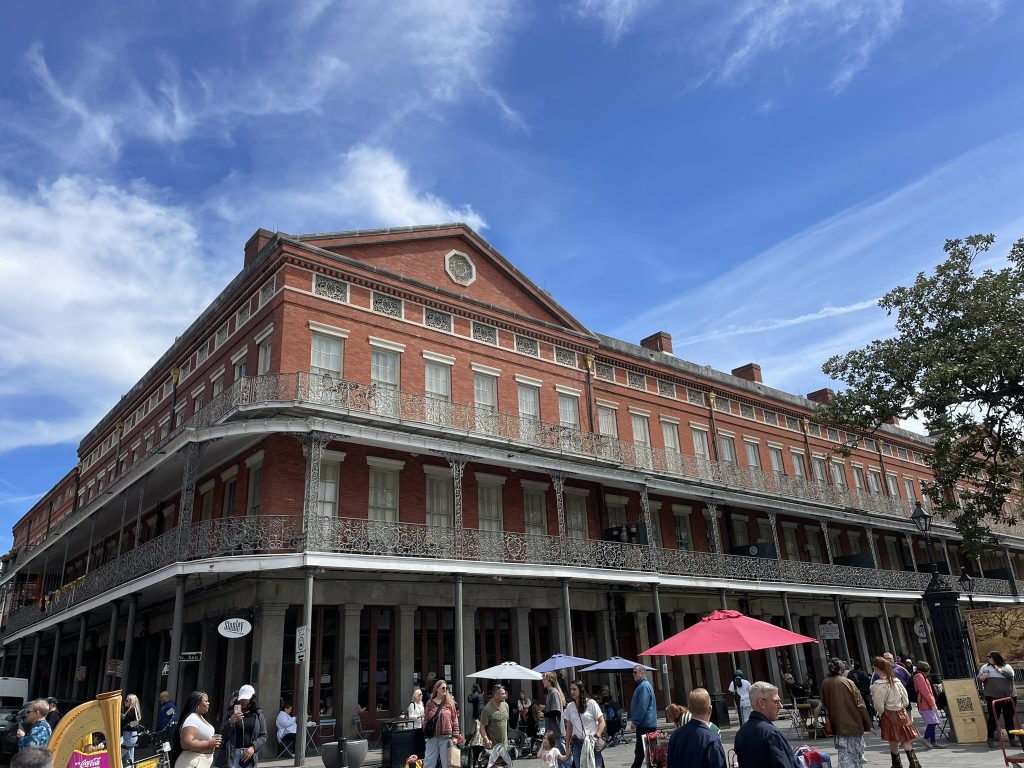
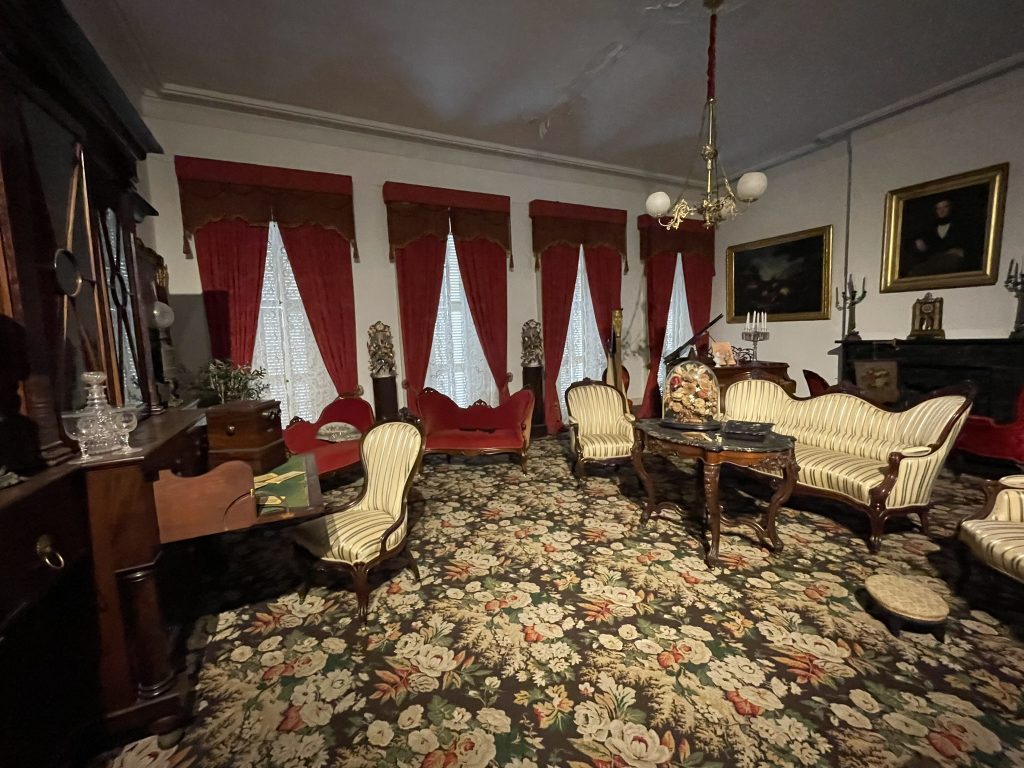
The 1850 House offers “a glimpse of upper-middle-class life in antebellum New Orleans, the most prosperous period in the city’s history. The 1850 House doesn’t represent any single family’s house, rather, it reflects mid-19th century prosperity, taste and daily life in New Orleans” (per their website). It was comprised of several rooms on multiple floors; a narrow but deep house, and a bit rambling!
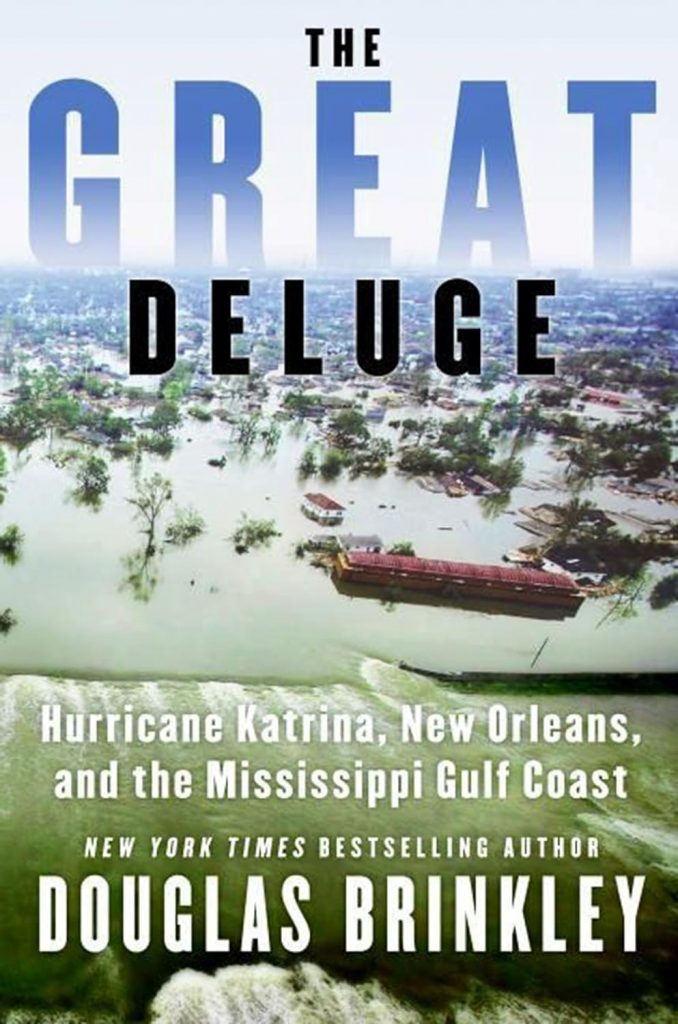
New Orleans is also known for the absolute disaster that followed in the wake of Hurricane Katrina in 2005. It was a category 3 when it made landfall, and the failure of the levy system resulted in 80% of the city being underwater, and 1,500 deaths. I’m currently reading The Great Deluge, which already is staggering in the wasted opportunities for preparedness.
The Doobie Brothers’ Black Water is an “idealized vision of New Orleans and of Huckleberry Finn“, “a place where you can drift on a raft down the Mississippi River and then go to hear ‘some funky dixieland’, per stereogum.com. It’s hard not to bop and sing along to! (The Doobie Brothers are one of Doug’s favorite bands from childhood.)
